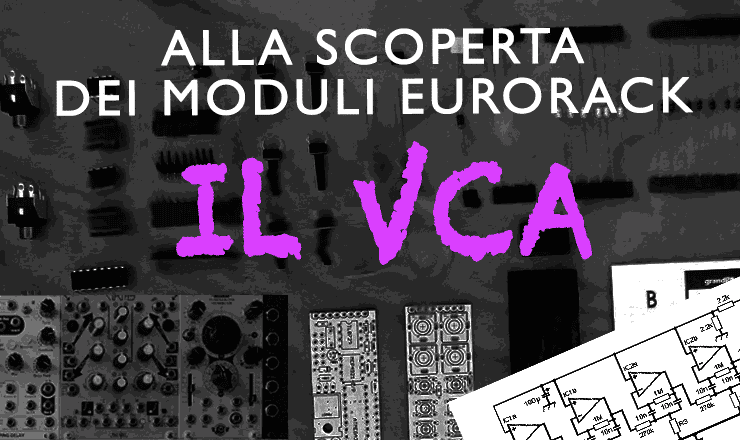Synthesis and Synthesizers
Published on 04/09/2018

It is an amplifier circuit usually used to amplify a signal generated by the supplied system.
A VCA also has a voltage control that acts on the 'amplitude of the input signal, it is mainly used to sculpt the dynamics of a sound or for classic AM or Ring Modulator synthesis.
It is an analog resonant filter with a transistor circuit that integrates post filtering a VCA.
It includes four individual amplifiers each with a respective input for voltage control.
It has 8 outputs of which 2 are the sum of the 4 input signals (normal and inverted) and 2 for the sum of VCA1+VCA2 and VCA3+VCA4.
Each amplifier has a semi-logarithmic amplitude control that mimics the natural behavior of a volume control.
It is in essence, a Voltage Controlled Filter Amplifier (VCFA) that has an extremely organic response on the control signals but is commonly called a Lo-Pass Gate because by lowering the level of the amplifier, the high frequencies tend to decrease.
Controls:
DAMP: parameter to control the transient response of the low pass gate;
STRIKE: input to drive the low pass gate circuit, needs a gate/trigger signal;
CONTROL: input for amplitude modulation.
AUX: auxiliary input.
The optomix in addition to being a VCA incorporates a LO-PASS GATE circuit.
The LoPass Gate exploits the characteristics of the vactrol that used, in old synthesizers, the coupling of a light source and a light depending resistor. As the light intensity changes, the amount of current emitted by the circuit will vary with nonlinear behavior. It is generally used to create percussive sounds.
Alessandro Cortini (Nine Inch Nails) for the 56th Grammy Awards performance on January 26, 2014 in Los Angeles used a Verbos comple system
Join us today and get 5% off your next order!

Empty cart